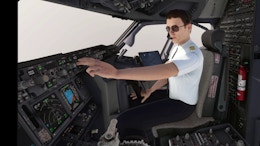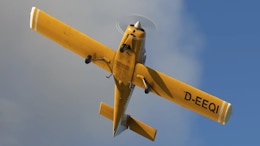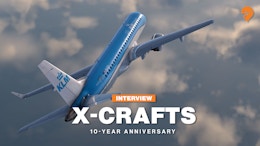To kick off last month’s WorldFlight 2023, VATSIM’s online charity fundraising event, FSElite was given the unique opportunity to ride in the jumpseat of a full-scale Boeing 737 simulator cockpit with the Cali Crew, one of the dozen teams participating in the event. Flying a grueling 24-hour-a-day schedule over seven straight days, the team covered nearly 40,000 nm (74,000 km) while visiting 48 airports, all under the watchful eye of controllers on the VATSIM online air traffic control network.
While hundreds of individual home-simmers participate in WorldFlight each year, what sets the Cali Crew apart is the simulation hardware they used to accomplish their mission; a retired commercial airliner cockpit section residing, of all places, in an otherwise unassuming suburban garage in Southern California. I visited Orange County, California to get a first-hand look at the simulator and what goes into making the team event a success.

At the heart of the Cali Crew’s flight operations is a full-scale Boeing 737-800 cockpit section that serves as an interactive sim platform. This is no replica or purpose-built sim; it is the real deal Boeing. Originally delivered to Mandarin Airlines in 2001, this particular Boeing 737-809, MSN 30636, flew for China Airlines, GOL, and eventually Indonesian carrier, Sriwijaya Air, before it was flown to Arizona to be scrapped in 2019. In December 2021, Fabian Betancur, the sim’s builder and the mastermind behind the Orange County 737 Sim, acquired the cockpit section of the Boeing and put it on a trailer to his home in Southern California. There, he would embark on a two-year-long journey to breathe life back into the 737’s cockpit using original parts and make it “fly” again, albeit virtually this time, using Microsoft Flight Simulator 2020.
When I first arrived at the address the Cali Crew had given me, I found a handsome suburban house with a three-car garage and a barrel tile roof, the type common in California Mission architecture. Neutral tones and manicured lawns seemed the norm for this neighborhood. But, there were no outward signs of the Boeing I came to see. Was I even in the right place? I considered my options, none of which could save me the embarrassment of knocking on someone’s door and awkwardly asking: “Is there a Boeing 737 simulator in your garage?”.
Faced with no visible clues leading to the neighborhood’s Boeing 737, I decided I had to swallow my pride, knock on the front door, and ask the embarrassing question. Lucky for me, the woman who answered the door seemed accustomed to the absurdity of strangers looking for garage airliners and offered to lead me to where the team was gathered. We made our way to a side door and, as she showed me inside, I was enveloped by the hum of cooling fans and the low rumble of distant jet engines – or computer speakers imitating jet engines in this case. Inside the otherwise darkened room, the steady glow of the 4K projectors illuminated the object I had come to see – the thing that seemed so unexpectedly out of place in this Southern California neighborhood; the full-size cockpit section of a Boeing 737 NG.
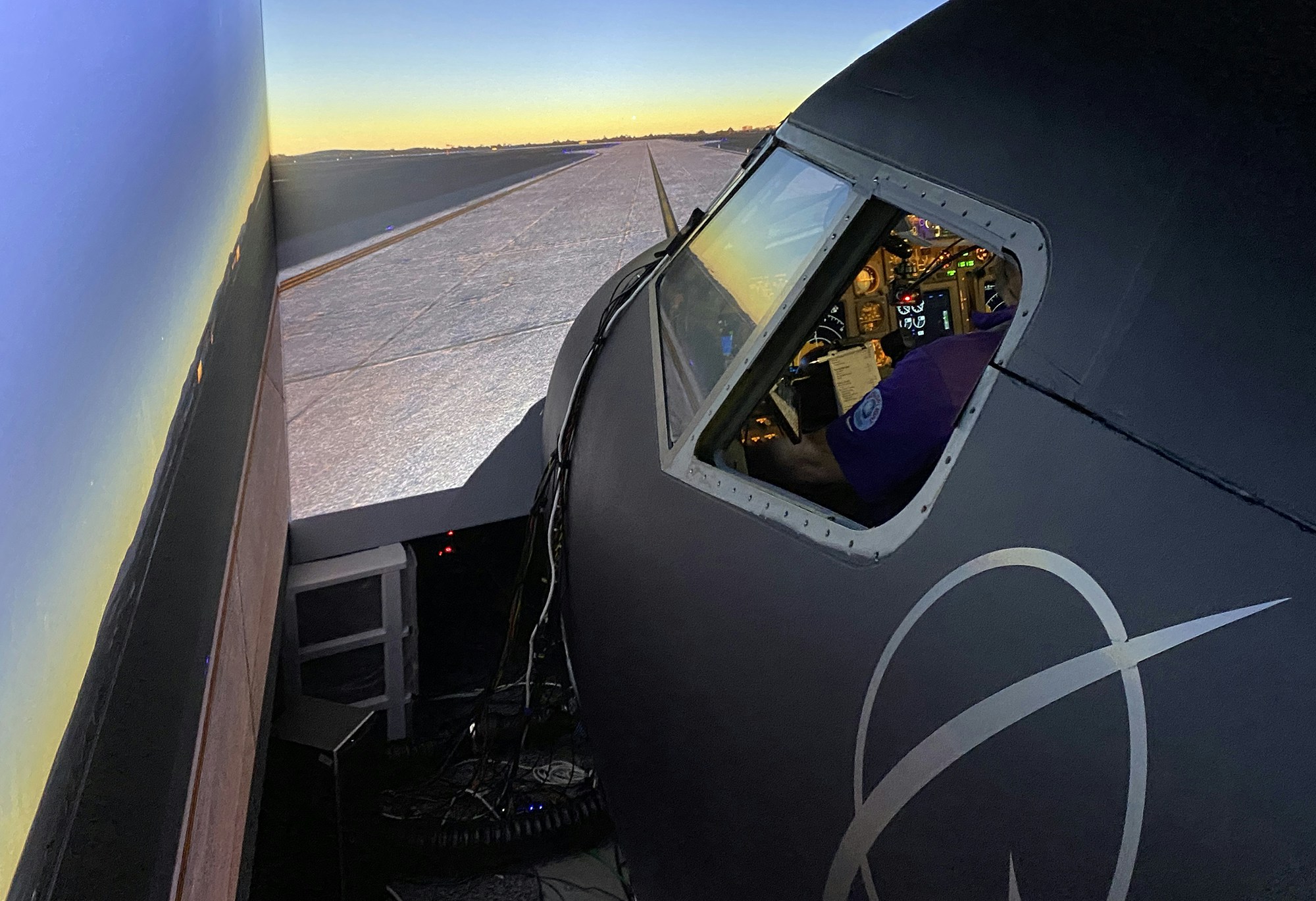
Minutes after arriving, Fabian, the sim’s builder and owner greeted me and introduced me to the crew. I soon found myself unfolding the cockpit jumpseat and strapping myself in for the next flight as we were about to push back from Melbourne Airport in Australia. My captain for this leg was Anthony “Shadow” Gimenez assisted by Shane “Captain Chemtrails” Tillekeratne in the right seat. Both are founding members of the Cali Crew and are very much at home in the simulator and the world of flight simulation, as well as real-world aviation. We were soon immersed in preflight checklists and calling for clearance – which was good because, at this point, I needed a minute to take in the enormity of what surrounded me.
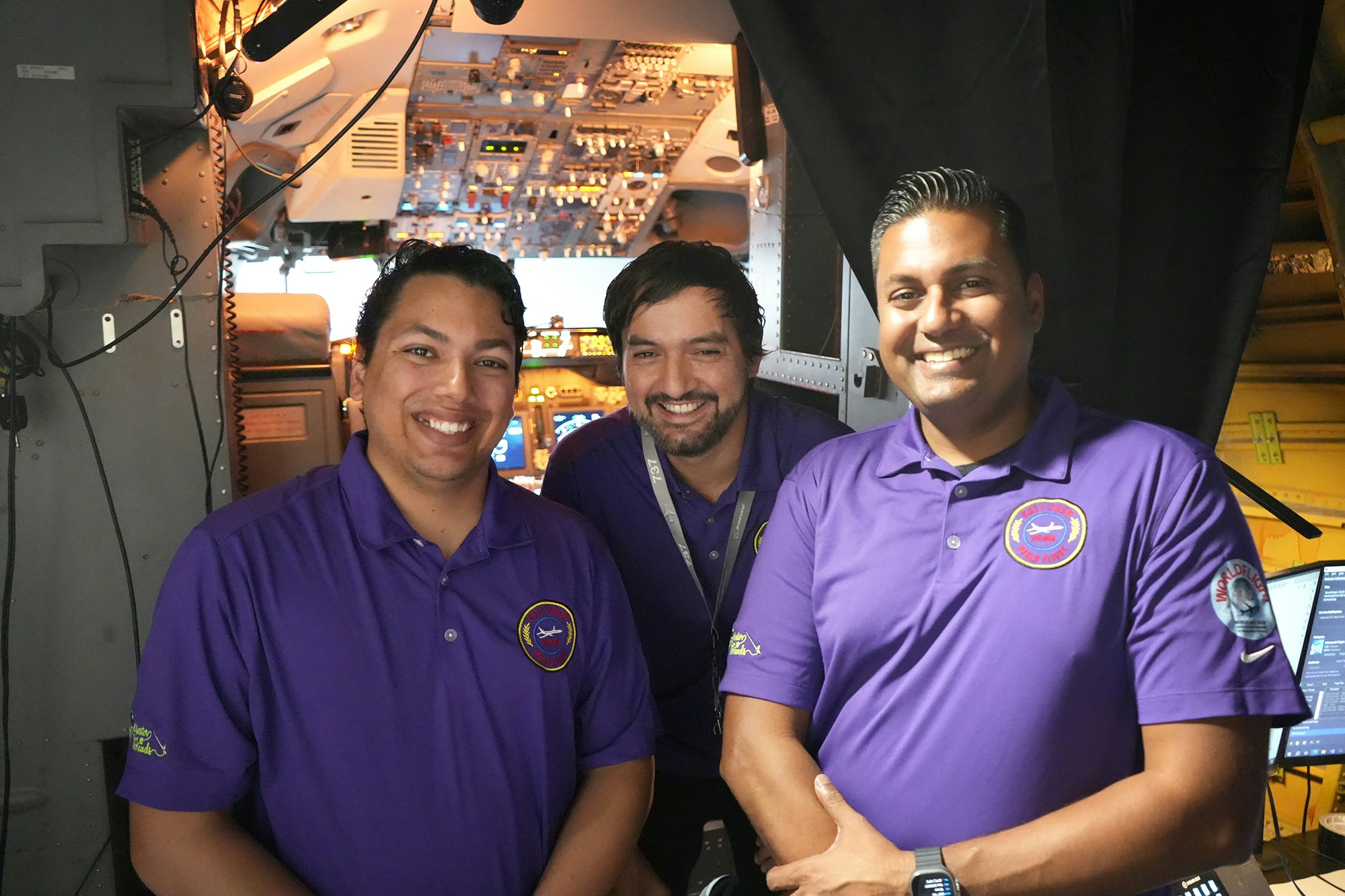
My first impression of the sim was how real everything looked and felt. I learned that this is thanks to Fabian’s unwavering dedication to reusing as many original “OEM” Boeing parts as possible. For example, the sim uses the original Boeing instrument panel, seats, control columns, center console, and overhead panel from its “donor” airplane – in fact, Fabian says that in its current state, the sim is 98% original parts. Commercial flight simulator components show up only in a few locations where their functionality outweighs the need for or complexity associated with an OEM part. For example, the sim uses a Simworld autopilot mode control panel (MCP) and Central Display Units (CDU), but the look and feel are nearly identical to those in the real 737 NG. However, Fabian’s stated goal is to use 100% real parts and make it 100% functional with the simulator.
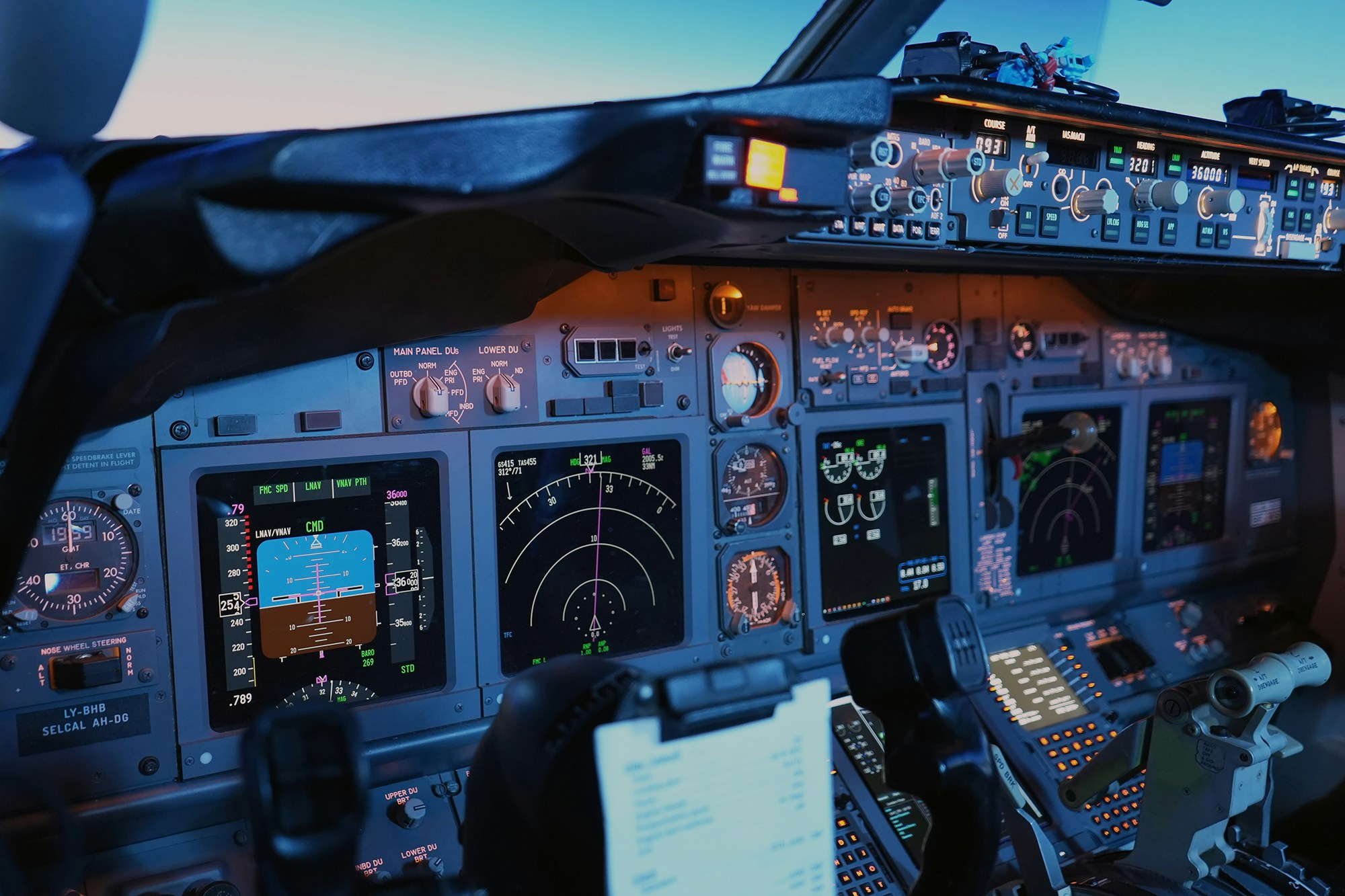

Any way you look at it, the sim is impressive. Not just the cockpit section, but also the associated PCs running the sim software, networking, flight deck comms, and the wrap-around 4K projection. Now, consider that Fabian started this simulator project not even two years ago in December 2021 while raising a family and maintaining his day job and the Orange County 737 Sim is even more impressive. One can only begin to imagine the complexities of the project. Take electrical power, for example, which needs to be converted to aviation-standard 400HZ output for much of the original Boeing electronics to function. Inside the cockpit, Fabian uses active control loading – software he developed himself – to simulate aerodynamic and hydraulic forces on the control surfaces to achieve maximum realism. New for WorldFlight this year was a working Heads-up Display (HUD) based on actual Boeing combiner hardware.
Check out the full specs of the Orange County 737 Sim here and see the sim in action on YouTube.
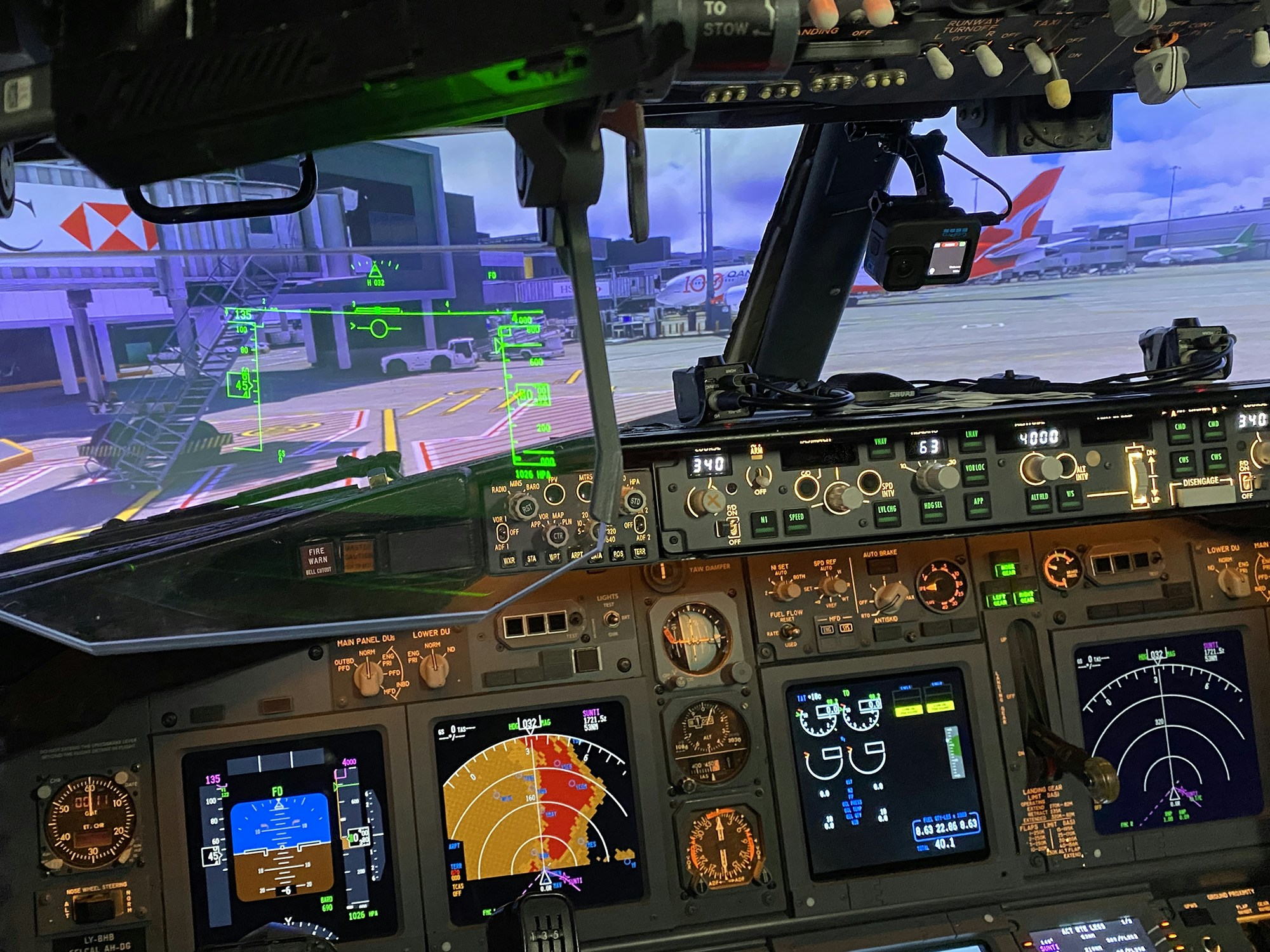
One of the many aspects of WorldFlight is that the participating teams go to great lengths to interact with their followers on social media. For the Cali Crew, multiple cameras live-streamed views of the cockpit, instruments, external view, and even the HUD on their Twitch channel throughout the event. During cruise and other non-busy times, the cockpit becomes part flight deck, part interactive talk show with social media followers checking in with questions, comments, and even enroute weather updates. Occasionally, the pilots are tasked with picking a number out of a hat to award followers who have donated flightsim-related prizes. All of this helps pass the time and lends a fun, festive atmosphere to the event, which is necessary given the monotonous nature of a four or even five-hour flight in the middle of the night.
Back in the jumpseat again and after a short taxi to the active runway, we were on our way to our next stop, YWKS, Wilkins Runway in Antarctica. The five-hour leg not only tested the crew’s endurance but also the simulator’s performance as they soon discovered MSFS struggled with FPS stutters from flying near the poles. Luckily, thanks to some creative thinking by the crew, assisted by their dispatch team, the Cali Crew’s 737 NG was able to successfully touch down in Antarctica, marking the first time in its history that WorldFlight had visited the continent.
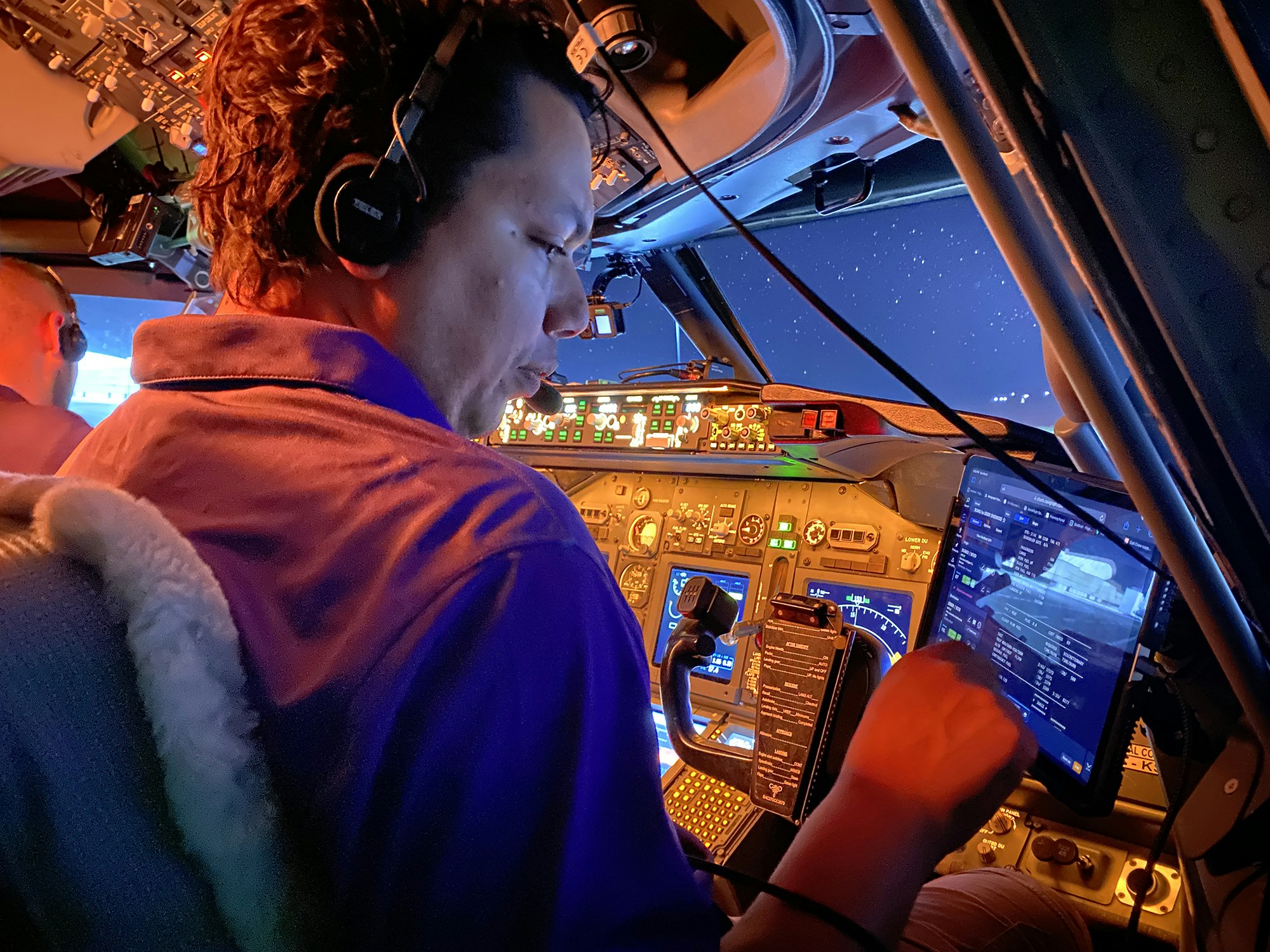
During the seven days of WorldFlight, virtual flight crews cover tens of thousands of miles at all hours of the day, making the event a true test of endurance. Crew schedules for each leg allow members to rotate between flying, watching/helping with dispatch, and resting, but, lack of sleep and fatigue are genuine challenges. Weeks of planning go into creating schedules with adequate breaks and rest periods, but all of that can go out the window when a sim breakdown happens or a late arrival or departure occurs because of weather or traffic – just like in the real world.
To fly for the Cali Crew, team members undergo rigorous training and evaluation, not all that different from the indoc training utilized by real-world operators. After passing the initial interview and learning the 737’s procedures, students are paired with an instructor who evaluates them in situations they will encounter during WorldFlight, things such as go-arounds, runway changes, holds, diversions, various types of approaches, high altitude and mountainous terrain, etc. Once the instructor feels the student is ready, they will sign them off to take the checkride. The checkride consists of two gate-to-gate flights, one from the left seat as pilot flying and one from the right seat as pilot monitoring. Only once the pilot has completed their training and passed the checkride, will they be added to the WorldFlight roster.
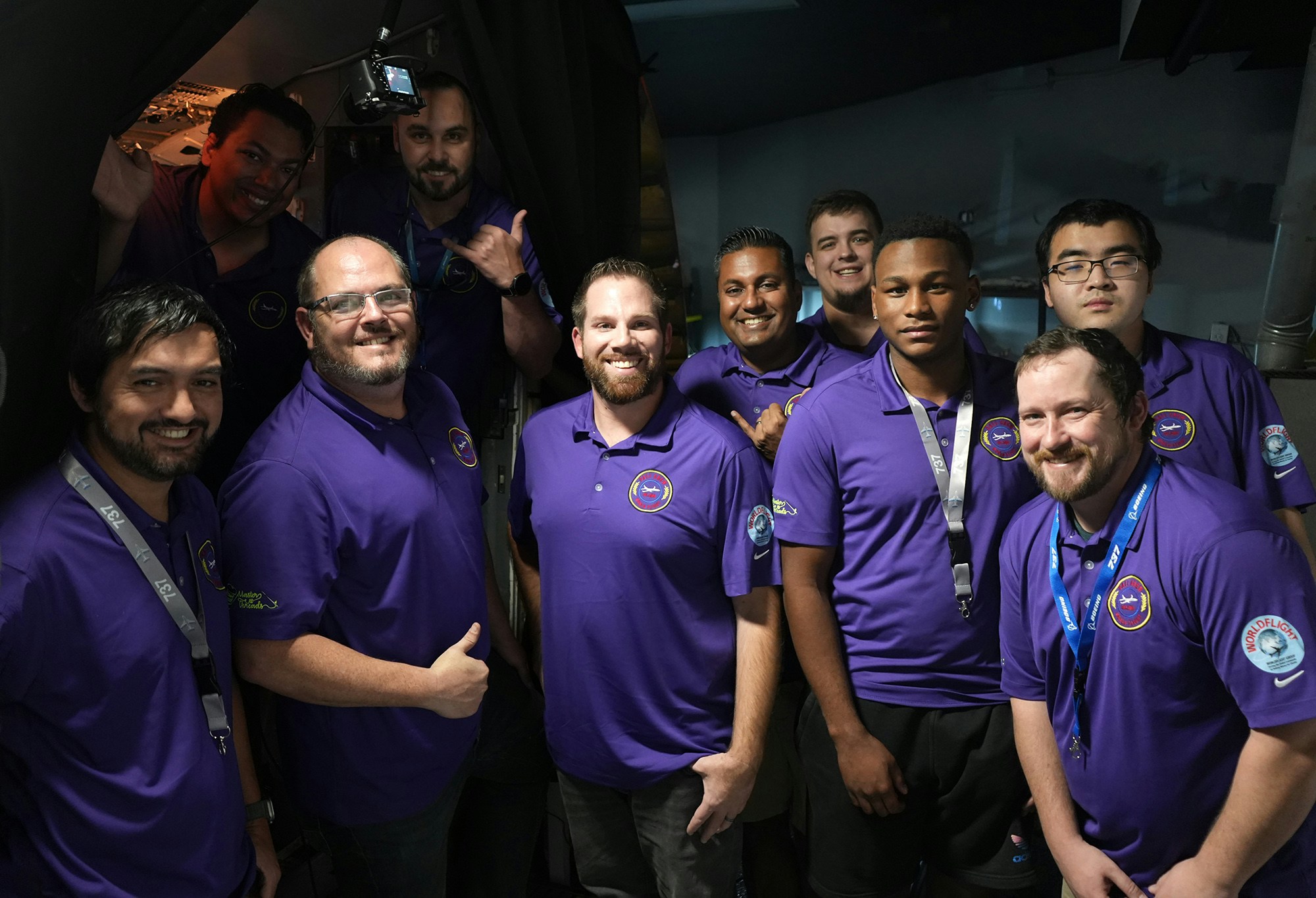
One week after leaving Sydney, the virtual wheels of the Orange County 737 Sim touched back down again at YSSY marking a successful circumnavigation of the globe. Throughout the event, the Cali Crew, along with the other WorldFlight teams, battled the non-stop schedule, occasional technical difficulties, and sheer exhaustion from seven long days and late nights in their simulator, all to make a real difference in our real world. WorldFlight’s efforts translate into real impact for charities around the world. Since the first WorldFlight, over $1 million has been raised for charities worldwide, showing that a virtual event can make a huge impact. This year, the Cali Crew raised over $10,000 for AngelFlight West, a network of volunteer pilots who provide free medical transportation to people in need.
WorldFlight takes place every November with the schedule and destination airports for the event typically announced a few months prior. You can keep up to date by visiting www.worldflight.center for more info and to learn how you can participate in next year’s event.
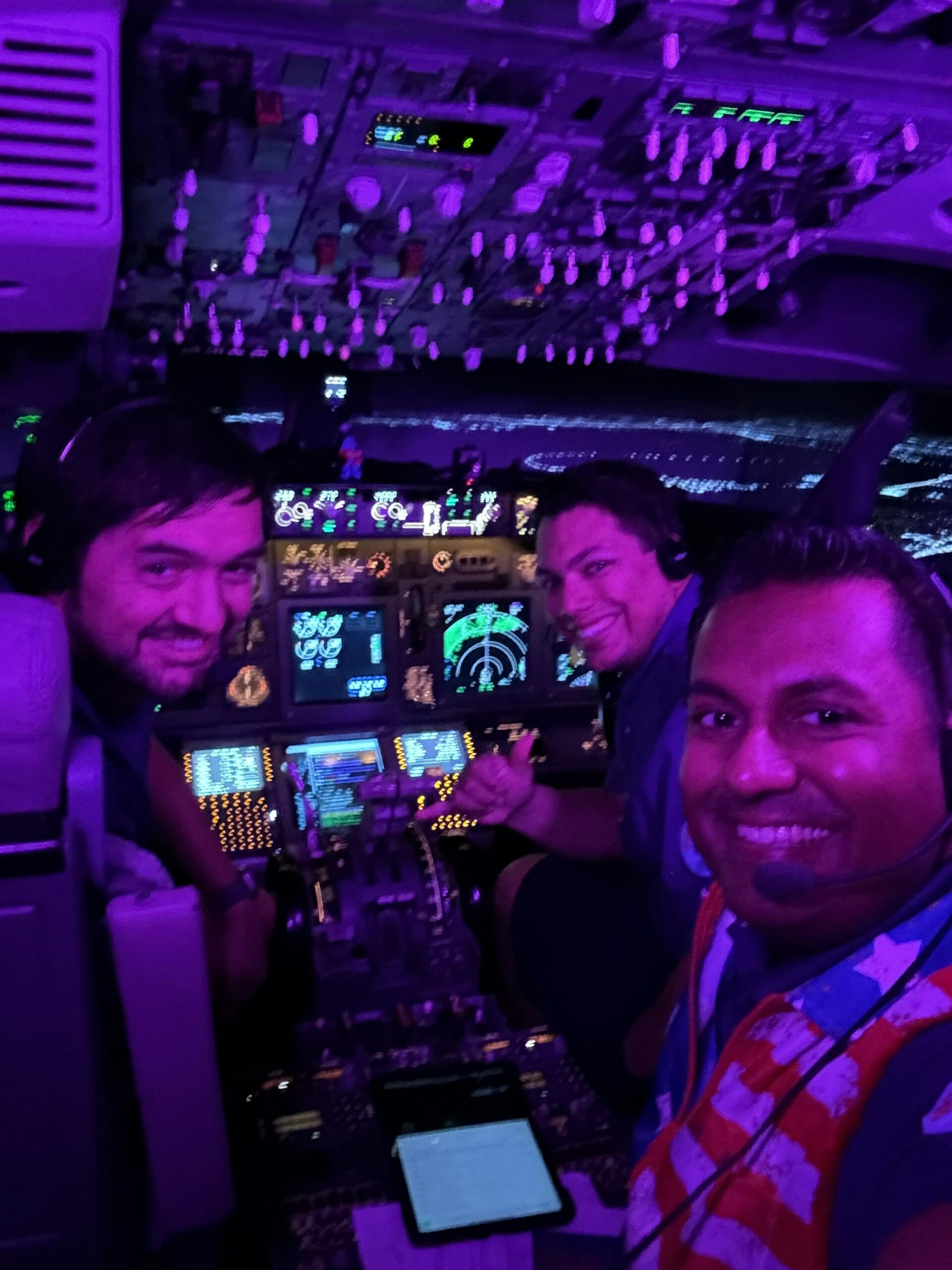
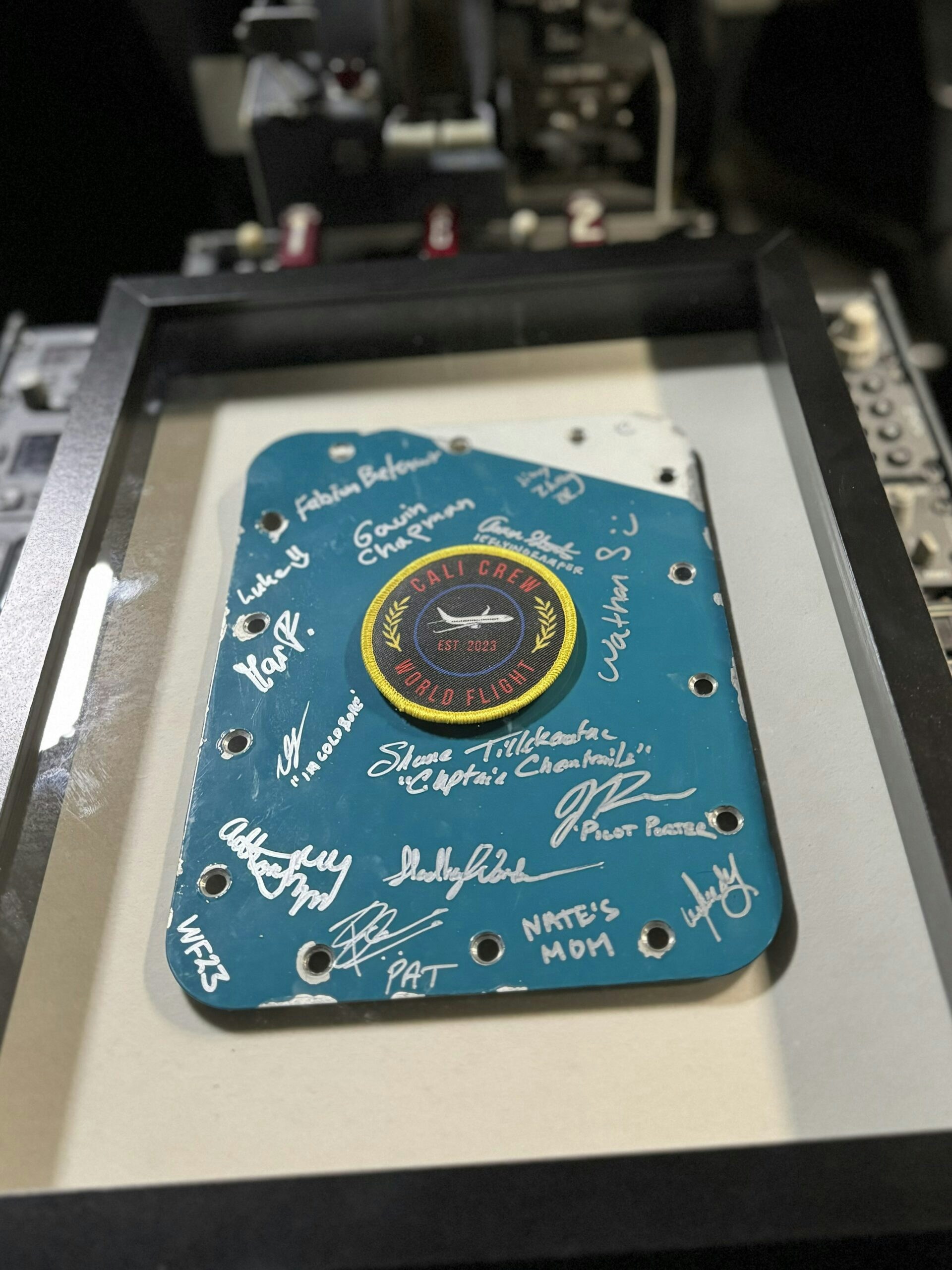
As I boarded my commercial flight back home and took my seat in the back of a now very familiar Boeing product, I had the chance to reflect on my time spent with the Cali Crew during WorldFlight. I felt lucky to have met some amazing people who are so passionate about flight sim they are willing to dedicate their time and talents — sleepless nights included — to raise money for charity (and have a lot of fun while doing it). But what really made an impression was seeing the Flightsim community come together for one week to support a great cause. I think we can all be proud of that no matter if we virtually fly using a keyboard and a mouse, joystick and rudder pedals, or if we have a full-sized Boeing 737 cockpit in our garage.





